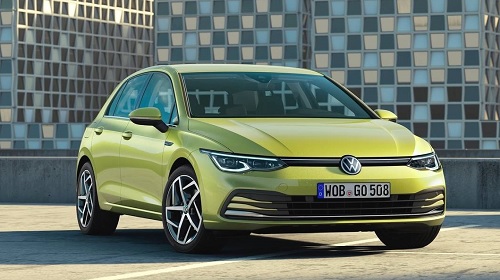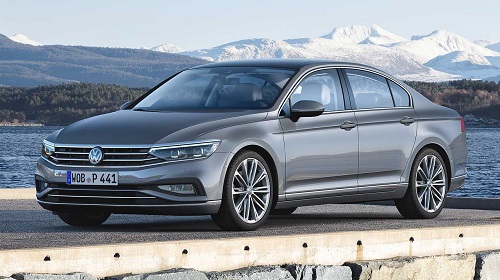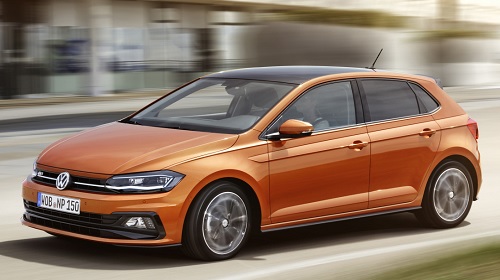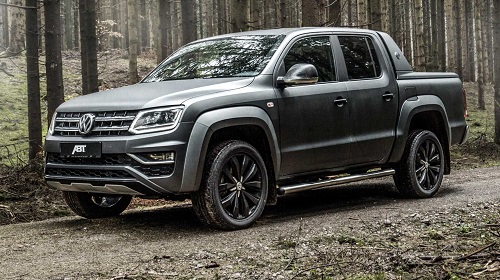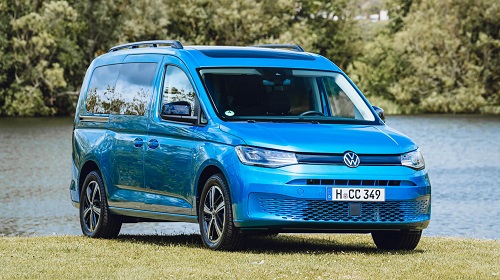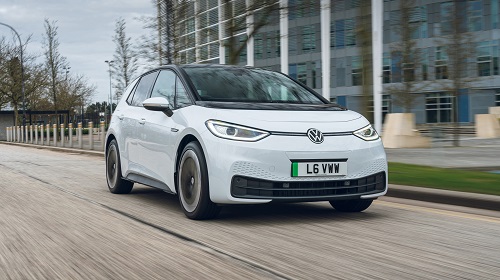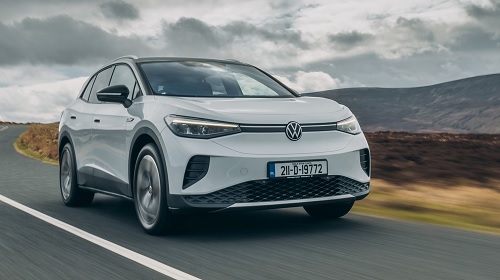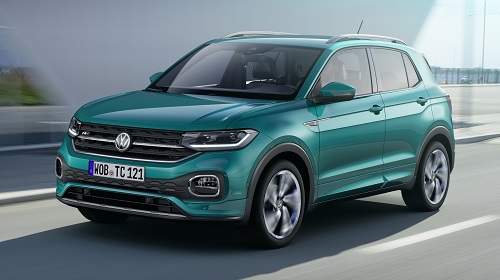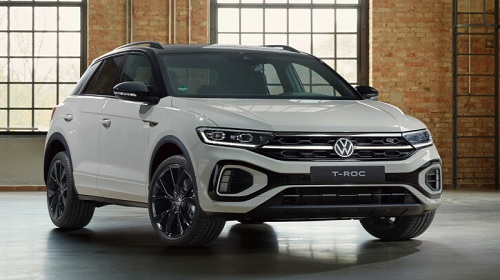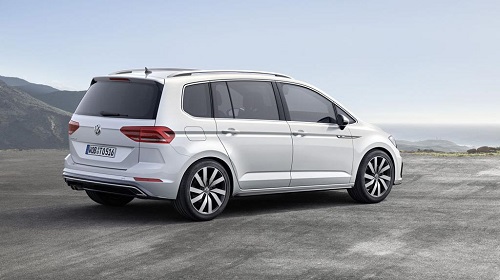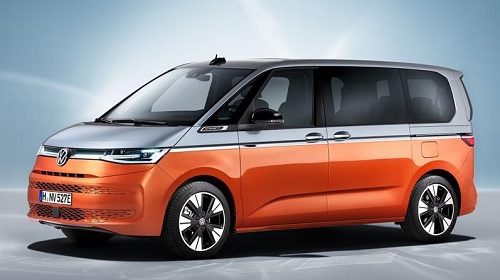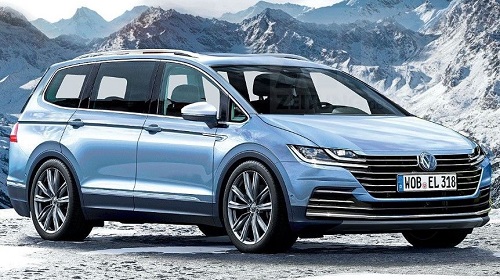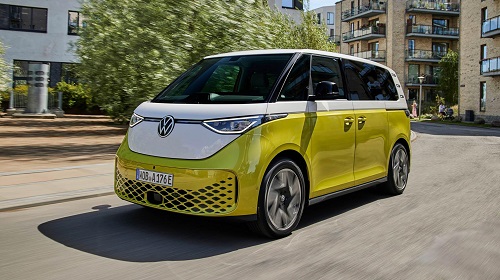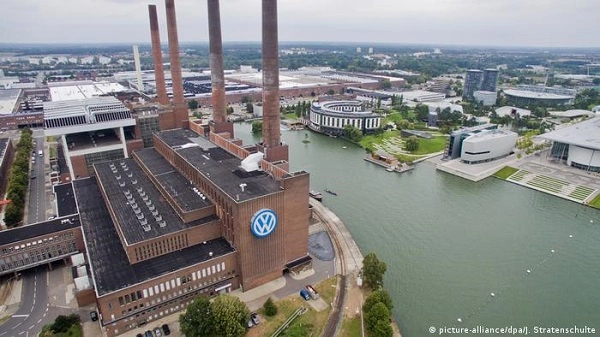
Volkswagen: The People's Car, Redefined
Volkswagen - translated from German means people's car - a German car brand that belongs to the concern Volkswagen AG. Volkswagen headquarters is located in Wolfsburg, Lower Saxony, Germany.
Volkswagen Models
History of Volkswagen.
How did the Volkswagen brand come about?
In the autumn of 1933 three people met at the Kaiserhof Hotel in Berlin: Adolf Hitler, Jakob Werlin Daimler-Benz representative and Ferdinand Porsche. Hitler, in a conversation with them, demanded that a strong and reliable car be created for the German people, and that this car cost no more than 1000 Reichsmarks. Also, the car had to be assembled at a new plant. Hitler himself presented the sketch, outlined the main points and asked who would be the designer responsible for the project? Jacob Werlin proposed the candidacy of Ferdinand Porsche. And the future car was called - Volks-Wagen - people's car.
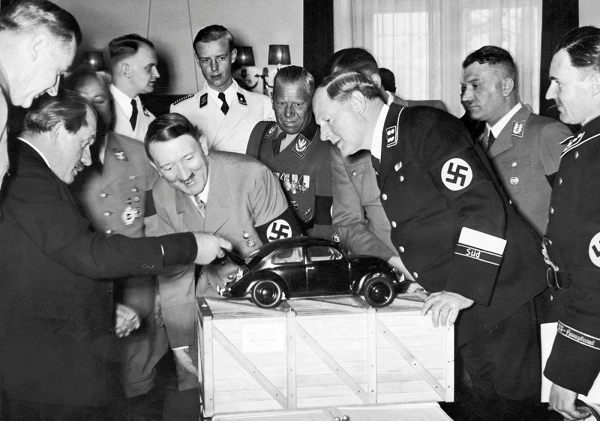
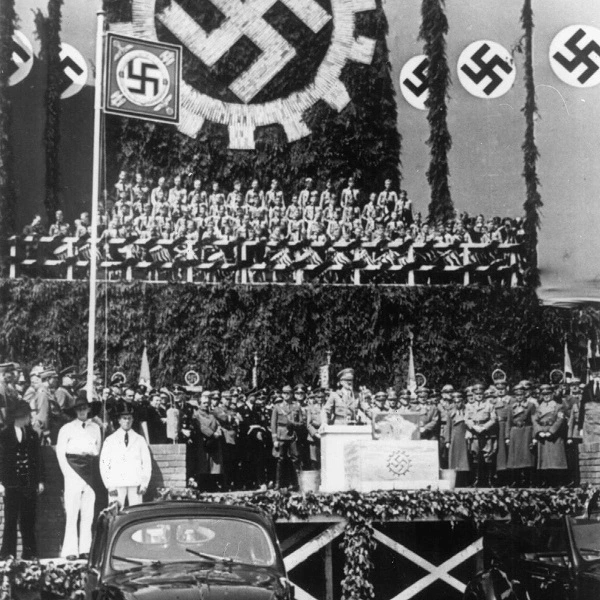
Prototyping and the Volkswagen plant.
In January 1934, Ferdinand Porsche sent drawings of the Volkswagen prototype based on the Porsche Typ 60 to the German Reich Chancellery. And in June of the same year, a contract was signed for the development of three Volkswagen prototypes. In May 1937, the company Gesellschaft zur Vorbereitung des Deutschen Volkswagens GmbH was founded, and in 1938 it was renamed Volkswagenwerk GmbH, and in the same year construction began on the plant. In a ceremonial speech, Hitler named the future people's car - KdF-Wagen. In honor of the KdF (Kraft durch Freude) - a Nazi public organization that invested about 50 million Reichsmarks in the construction of the plant. At the same time, the construction of a camp for the workers of the Volkswagen factory began - Stadt des KdF-Wagens.
Volkswagen's first car
By 1939, three models of the KdF-Wagen had been produced: the two-door V1, the convertible V2 and the four-door V3. Popularly, these Volkswagen models received the nickname - Beetle. Changes made in the design compared to the prototypes were already noticeable, such as improved door hinges and door handles, saloon windows and so on. But at the beginning of World War II, the factory began to produce cars for the Wehrmacht and therefore the KdF-Wagen never became a mass-produced car.
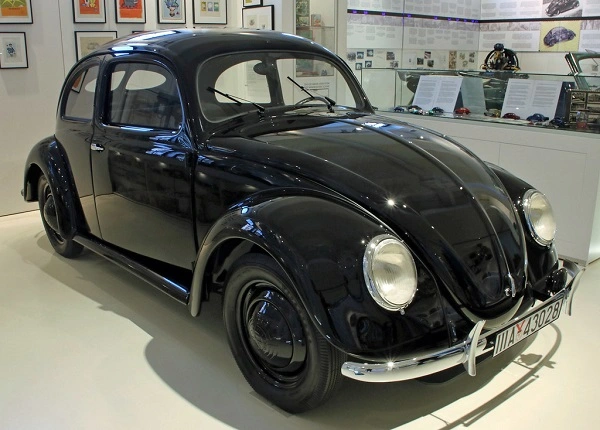

Volkswagen and World War II.
During the Second World War, Volkswagen factories produced army all-terrain vehicles, tank wheels, anti-personnel mines, rocket-propelled grenades, and later V-1 rockets. But the priority was the production of the all-terrain vehicle Volkswagen Typ 82. More than 30 modifications were created on the basis of the Volkswagen Typ 82, and more than 50 thousand all-terrain vehicles were produced in total, which were used in all Wehrmacht troops until the end of the war.
Volkswagen and Arbeitsdorf concentration camp
It is also known that Jews, prisoners of concentration camps, prisoners of war and forced laborers from the occupied territories worked day and night in the workshops of Volkswagen factories. Between 1940 and 1945, about 20,000 people, including prisoners of war and concentration camp prisoners, were forced to work at the Volkswagen factory. In 1942, the Arbeitsdorf concentration camp was specially created, but at the end of the year it was closed again. Since 1944, forced laborers have been interned in the sub-camp Laagberg.
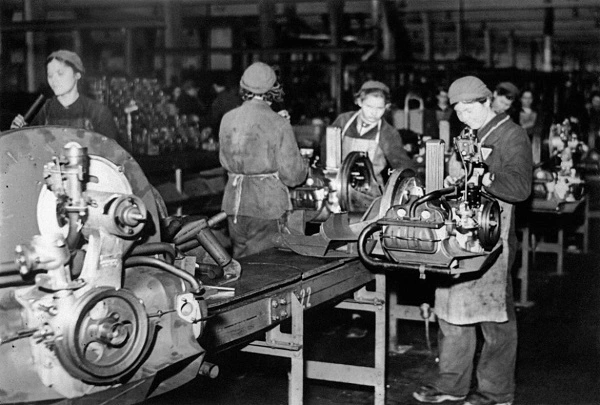
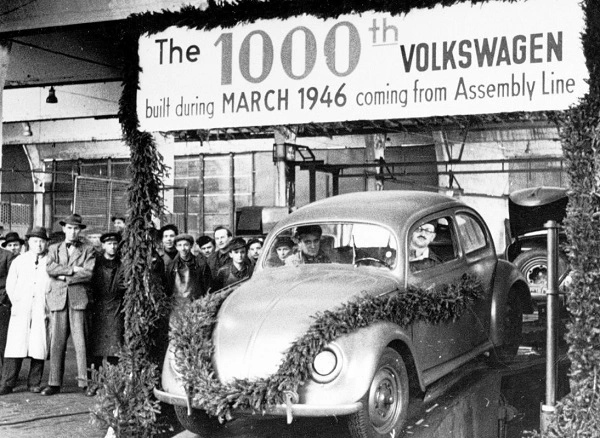
Volkswagen after World War II.
After the end of World War II, Volkswagen and the city of Stadt des KdF-Wagens fell into the British occupation zone. And in the same 1945, the city was renamed Wolfsburg, after the Wolfsburg estate, which was located nearby. And already in the fall of 1945, the British authorities allowed Volkswagen to produce cars and ordered the plant 20 thousand cars, because they really needed them. In 1947, Volkswagen received the first foreign order from Holland for a thousand cars, and in 1948 from Switzerland, Belgium, Sweden and other countries. In 1949, the plant freed itself from British control, and in September 1949 Volkswagen was completely transferred to the Federal Republic of Germany, and from that moment a new stage in the development of Volkswagen began.
eXus Dev 24.5.2023

